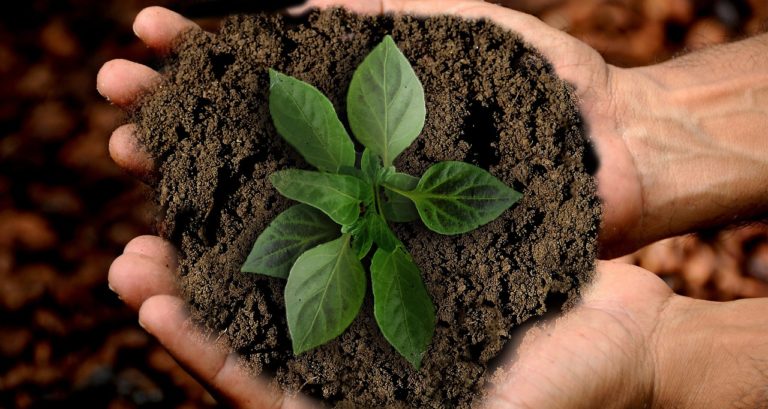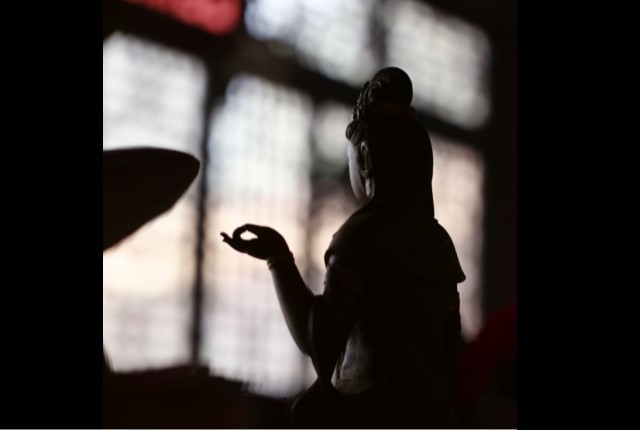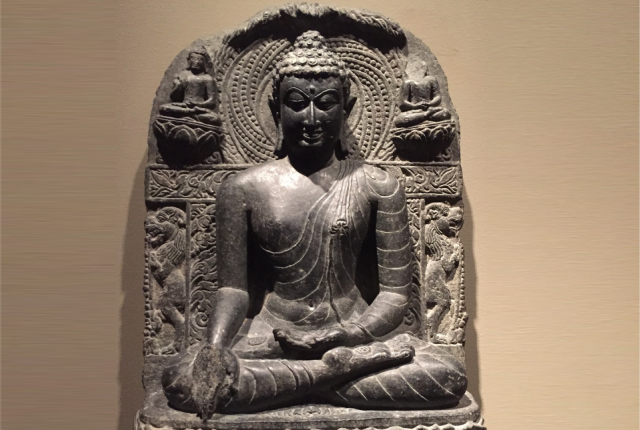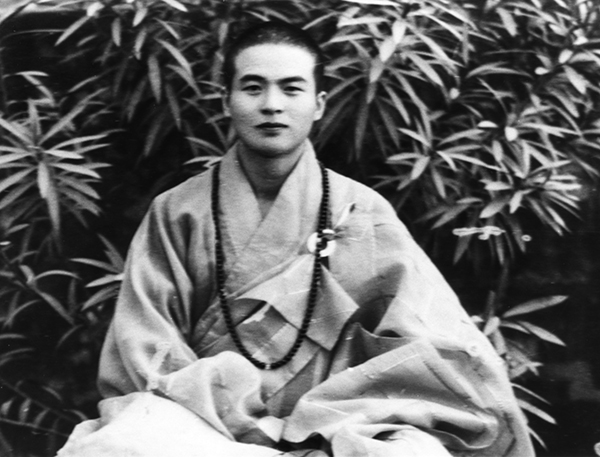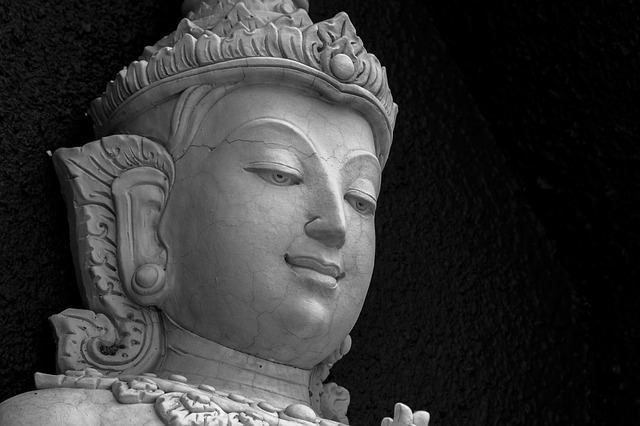
True stature is not created by form or ornament; words spoken out of jealousy and greed oppose it. Only when evil has been stopped at its roots, and when there is wisdom without anger is there true stature.
— Dharmapadavadana Sutra
The False Stature of This World
Everyone wants to be well regarded by others. However, in seeking true stature, people too often waste their time in the vain pursuit of its many imitations in this Saha world; they seek after forms of social status, not true stature of the heart. They buy expensive clothes, expensive homes and expensive cars in an effort to prove to others that they are worthy of respect. The truth, of course, is that no amount of money can buy true stature. True stature is an inner achievement; when a person has true stature it emanates from him without any effort on his part.
The False Stature of False Manners
All of us know that there are many people in the world who appear to be kind and friendly, but who have hearts that are full of jealousy and rage. They smile and say fine things to your face, but all the while they are only planning to bring you harm. People of this type have learned to act in such a way that they appear to be good when in fact they are not. They have confused the appearance of goodness with its essence. Their attempts to use this appearance for evil ends can never succeed in the long run.
True Stature Arises From Within
The ancients used to say, “Integrity is within, form is without.” If we want to achieve true stature, we must first look within. Within ourselves we will find the causes for all that happens to us. Every time we correct our mistaken thoughts, we raise ourselves to a higher stature. Every time we admit our own transgressions, we improve our chances to grow toward well-being. Every time we replace greed with non-attachment, we free ourselves of one more samsaric encumbrance.
Once we fully overcome attachment and all of its ways of thought, then we will clearly understand that all goodness and all defilement arise dependent on inner conditions.
— Treatise on the Awakening of Faith in Mahayana
The Highest Stature
The bodhi mind is like a beautiful flower and all sentient beings love to gaze upon it.
— Avatamsaka Sutra
The bodhi mind has no need of samsaric ostentation because it is completely beautiful in and of itself. The highest stature anyone can achieve is complete enlightenment within the fullness of the bodhi mind. This is the goal of all Buddhism.
The bodhi mind is the Buddha nature. The bodhi mind transcends all form, all attachment, and all temptation to believe in a false self. A mere glimpse of the bodhi mind is sufficient to destroy the very roots of vanity. True stature is found only in this truth.
The bodhi mind is like a magnificent sun for it shines on all things in the world. The bodhi mind is like a full moon for all dharmas find completion in it.
— Avatamsaka Sutra
From Being Good, written by Venerable Master Hsing Yun.
Image from Pixabay.




